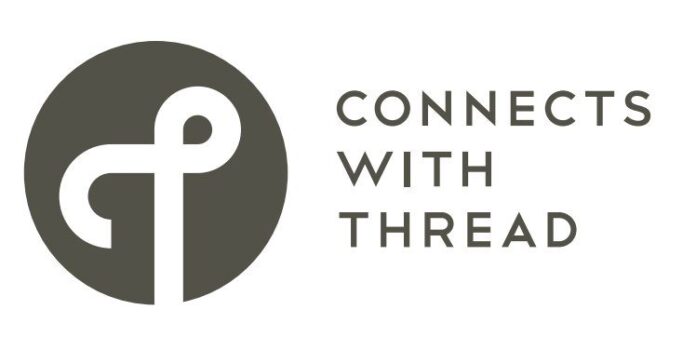Internet of things-focused Thread Group is making progress on its work toward an IoT standard for smart home use cases. The group has launched its certification program, starting with four software stacks that have successfully completed interoperability testing and are now considered Thread Certified Components. Those four stacks come from Thread Group members ARM, NXP Semiconductors, OpenThread and Silicon Labs.
One of Thread’s biggest backers is Google. As IoT-focused standards proliferate (see RCR Wireless News’ special report on IoT testing), Thread has not been widely adopted at this point but is still seen as having major potential because of the involvement of Google and Nest. With the launch of the certification program, members of Thread Group can now start submitting components or products for certification. UL is handling the certification program and Thread Group expects certified products to be on the market in the second half of 2017.
Thread is a format built on open standards including IEEE’s 802.15.4 standard and Ipv6/6LoWPAN protocols for mesh networking of up to 250-300 wireless devices in the home, focused on security and low power. Google open-sourced Thread earlier this year so that the protocol could be used by developers for free, though certification from Thread Group is still required for products. Thread Group worked out an alliance with the Open Connectivity Forum earlier this year to collaborate on their approach to smart home connectivity.
Thread Group said in a statement on the new certification program that its interoperability testing does not simply measure against single reference implementations, but “validates each device’s specification conformance against a blended network comprised of all four stacks.”
“This will ensure that users have will have a more consistent experience with Thread-certified products out-of-the-box,” the group said, and added that due to the group’s members “will have the option of using one of these certified stacks to reduce both risk and time-to-market.”
Thread Group will also be publicly releasing its Thread 1.1 technical specification this month to drive market adoption of the technology, the group said.
In other test news:
– Viavi Solutions reported that it is seeing increased momentum in 400G testing. Viavi said that it has sold its ONT-600 400G testerto companies that “[represent] a significant cross-section of the high-speed optical networking ecosystem” and that its 400G test customers include “chip, module and network equipment manufacturers, to a Tier-1 U.S. carrier, to a leader in industrial leasing solutions.” Viavi only mentioned one customer, Japanese test and measurement equipment rental company ORIX Rentec, by name, but said that others include the aforementioned Tier-1 U.S. carrier that offers wireless, wireline and converged services; a “global manufacturer of fixed and wireless network equipment for carriers, enterprises, and cloud service providers,” and a “U.S.-based manufacturer of optical network infrastructure.”
“All participants of the industry value chain—research and development, network equipment manufacturing, and service delivery—are under pressure to evolve network architectures to support new services while maintaining quality of experience on existing ones,” Viavi concluded in a company statement.
–Ixia and cybersecurity company Fortinet worked together to validate Fortinet’s enterprise firewalls with up to 1 terabit per second firewall performance. Ixia’s CloudStorm platform for large-scale network security testing was used to emulate real-work network traffic to test the performance of Fortinet’s 3980E and 7060E enterprise firewalls. The testing results and a public demo will be highlighted in Fortinet’s booth at the upcoming RSA Conference.
–Key Bridge Wireless started a 30-day public testing and review period for its TV whitespace Spectrum Access System in Canada this week. Jesse Caulfield, Key Bridge CEO, said in a statement that the Canadian SAS is built on the company’s second generation SAS platform for spectrum sharing at 3.5 GHz.
The trial is aimed at making sure the Key Bridge SAS correctly identifies available channels for unlicensed TV band devices, while also registering and protecting the appropriate users.
–CTIA continues to make progress on its work to make 911 indoor location information more accurate. The group’s independent 911 Location Test Bed is inviting companies to take part in a third stage of testing. The first two stages, according to CTIA, “focused on verifying the indoor performance of existing or commercially available 9-1-1 location technologies,” while the third stage “will now focus on location technologies in a variety of production-ready stages.”

